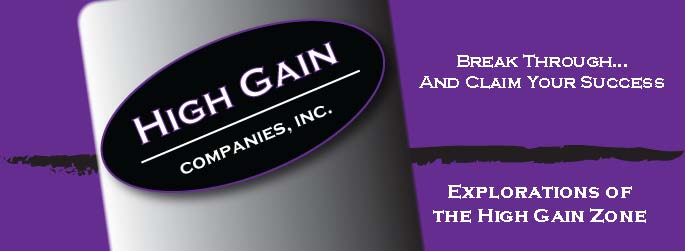
David Kagan is our guest bogger this month. He has been a recruiter for nearly 15 years in a variety of industries, including several years consulting for major corporations. He has filled hundred of positions, managed campus recruiting, lead diversity initiatives, reorganized recruiting processes and organized an internal outplacement program for displaced employees. David has functioned mainly as an IT Recruiter with additional experience in Retirement Services and Investments. He’s had the unique opportunity to experience the various waves of recruiting from the days of sourcing resumes through newspaper ads to the internet revolution. He lives in NY and loves watching his beloved Yankees.
The Recruiting Backlash
By David Kagan
A few years into my recruiting career, the big topic of conversation was around the great hope of the internet. We talked about how it would be a great tool to improve how we recruit and engage candidates. It seems like a lifetime ago that our primary source of resumes was running classified ads in the Sunday employment section. Though we had to open hundreds of envelopes at least we were guaranteed to see each resume. Yes, more work for us but candidates knew their credentials were being reviewed and at the very least it gave them a shot to get a call back. The process was cumbersome but we were very engaged.
Fast forward almost 15 years and the idea of receiving snail mail resumes seems like something out of the dark ages. Undoubtedly technology has made recruiters more effective in many ways, except it has all but killed the candidate dialogue. How many times have we heard from candidates about the dreaded “black hole.” You know, that not so mythical place where resumes go to die while applicants wait for a response they likely won’t get. This mythical place turns out to be our own ATS databases. It seems obvious that we would make the best of those resumes, when in reality recruiters often overlook their ATS, and often in favor of some unproven new sourcing methodology.
It’s not only about resumes; the larger issue at play is how we communicate with candidates on an on-going basis. It’s also about how we keep talent engaged in a dialogue about our business, our industry, our new products and services, big wins and acquisitions so when we’re ready to work together the relationship exists. Keeping candidates informed keeps candidates interested. Recruiting is about the relationship with candidates, the candidates we need today and the candidates we’ll need tomorrow. I’m not writing this from some ivory tower, I’ve been in the trenches dealing with hundreds of resumes for each vacancy. I know how daunting it can be but it’s high time that we figure out how to use technology to communicate in a two way dialogue and without feeding the “black hole.”
A candidate backlash is well underway. They are fed up with organizations that are unresponsive. If you’re thinking it’s a buyer’s market and you can dictate the terms of the game, think again. Hiring is increasing and candidates are savvier than ever. Your organization can not afford a bad reputation about how you recruit. It’s not just word of mouth you have to worry about, it’s word of internet. Web sites dedicated to candidates dishing about everything from unresponsive recruiters, to broken recruiting processes to bad interviewers are popping up everywhere. Take back control, communicate with your candidates and set expectations. There’s no doubt recruiters are swamped, we’ve become a catchall for everything in staffing. However, with the use of smart technology and engaging talent in a two-way dialogue we’ll be on our way to creating a sustainable, winning recruiting culture.
